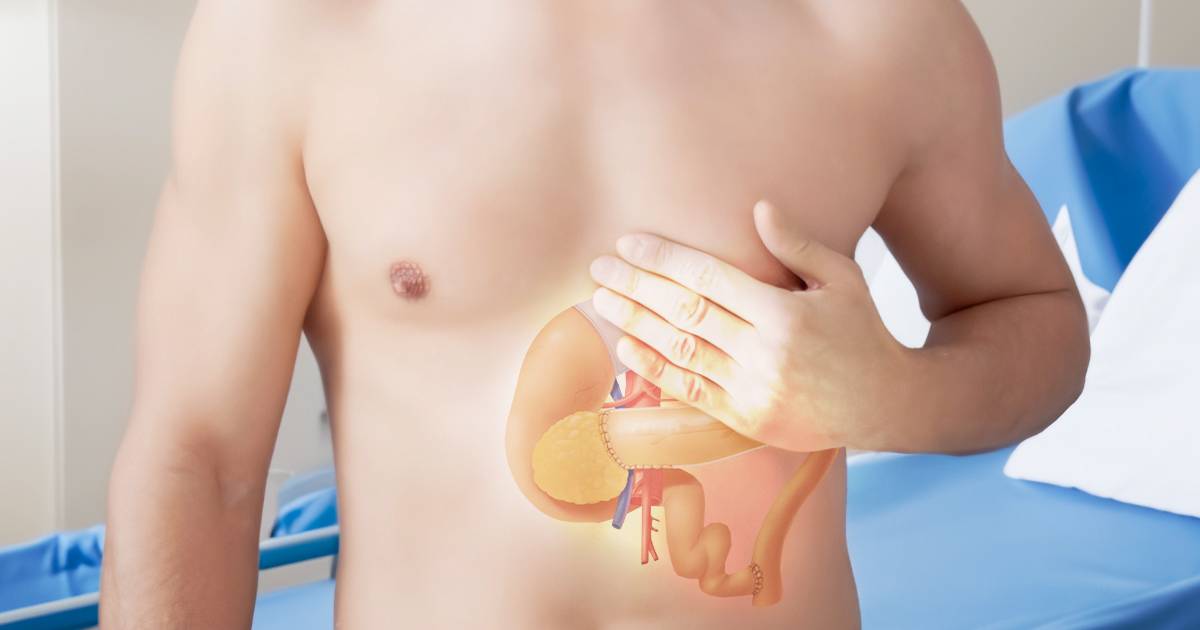Navigating Puestow Procedure and Recovery: Your Essential Guide

The Puestow procedure, alternatively referred to as the Puestow-Gillesby method or lateral pancreaticojejunostomy, stands as a surgical approach employed for addressing chronic pancreatitis. This pancreatic drainage procedure encompasses the creation of a side-to-side anastomosis connecting the pancreatic duct and the jejunum.
What is a Puestow Procedure?
In the course of a Puestow intervention, an incision spanning from the lower breastbone to the belly button is made to access the abdominal region. The pancreas is exposed, and the primary pancreatic duct is incised from the head to the tail of the pancreas. Subsequently, the opened pancreatic duct is linked to a segment of the small intestine, facilitating direct drainage of the pancreas into the intestinal tract. Demonstrating efficacy for over five decades, this surgical method has proven successful in alleviating pain associated with chronic pancreatitis. Sporting a notable success rate ranging from 70 to 90 percent, the procedure boasts a minimal incidence of operative complications and an exceptionally low mortality rate.
Preparation Before the Puestow Surgery
Before undergoing a longitudinal (lateral) pancreaticojejunostomy (LPJ or Puestow procedure), patients typically receive standard preoperative medications such as proton pump inhibitors (PPIs) and a mild anxiolytic the day before the procedure. It is advisable to administer a broad-spectrum antibiotic with coverage against gram-negative enteric organisms before surgery, often in the form of a third-generation cephalosporin. Additional doses may be given during prolonged operations or for patients with specific risk factors.
While some surgeons opt for a full bowel preparation to decompress the colon, this is not universally practiced. Analgesics were commonly used before LPJ, and pancreatic enzyme supplements like pancrelipase may be necessary for pain relief and control of steatorrhea. Opioids may be prescribed for pain, but caution is exercised due to the potential risk of opioid dependence, and there is some indication that surgery outcomes may be less favorable in patients who have received opioids. Notably, the routine use of postoperative antibiotics is not universally adopted among surgical groups.
During the Procedure
The surgical procedure entails the creation of a longitudinal incision along the pancreas, and the main pancreatic duct is opened longitudinally from the head to the tail of the organ. Subsequently, the duct and pancreas are connected to a loop of the small intestine through pancreaticojejunostomy. This connection is carefully oversewn to the exposed pancreatic duct, facilitating proper drainage. When employed in suitable cases, this technique has shown promise in alleviating pain associated with chronic pancreatitis. A notable advantage over a Frey’s procedure is the preservation of pancreatic tissue, a crucial consideration for patients with exocrine or endocrine insufficiency resulting from chronic pancreatitis.
Recovery after the Pancreatic Drainage Procedure
Getting better after pancreatic surgery takes a while, just like with any big operation. It usually takes about two months to fully recover. Your getting-better journey has different stages, and each stage comes with its own things to expect. But keep in mind, everyone’s recovery is unique, even if they’ve had the same surgery as you.
Puestow Procedure Recovery at the Hospital Before Discharge
After pancreas surgery, people usually stay in the hospital for about 3-10 days. While you’re there, your healthcare team, including residents, medical students, nurses, and your surgeon, will check on you every day. They’ll keep a close eye on your progress. You’ll see residents and nurses multiple times a day and your surgeon or one of the Pancreas Center surgeons at least once a day.
Feeling pain after the surgery is normal, but in the hospital, you’ll get medicine through a tube in your vein. When you go home, your healthcare team will give you pills for the pain.
After the operation, you’ll have staples and special coverings where the cuts were made. You might also have tubes in your belly for draining. The team will regularly check your coverings to make sure they’re healing well and keep an eye on the tubes. Don’t worry if you go home with the tubes; it’s normal, and you’ll get instructions on how to care for them. Both the tubes and the coverings will be taken care of during your visits to the Pancreas Center.
Due to something called “gastric ileus,” your stomach won’t work for some days after the surgery. You’ll get fluids through a tube in your vein in the hospital. It’s hard to predict when your stomach will get back to normal, and you’ll need to try eating again. It might be frustrating, but it’s normal. You won’t leave the hospital until you can eat and drink, but it could take a few weeks for your digestion to be like before.
Ensuring You’re OK for Discharge
People often want to go home soon after surgery, and your healthcare team will help you get back to your regular life. But before you leave, you need to meet some requirements:
- No unresolved health issues.
- A steady temperature without signs of fever.
- Ability to walk on your own.
- Can eat and drink.
- Can do basic daily activities like brushing your teeth.
Once you meet these, you can go home. In some cases, especially for older patients, they might suggest staying in a nursing or rehab place before going home. Recovering from a big surgery like pancreas surgery is tough, and having trained pros help makes a difference. They’ll talk to you about this option before the surgery or right after.
Face the Puestow Procedure with Ease
If you or a loved one is considering or undergoing the Puestow procedure for chronic pancreatitis, remember that each recovery journey is unique. Trust your healthcare team’s guidance, follow their instructions diligently, and be patient with the recovery process. If you have any concerns or questions, don’t hesitate to reach out to the Pancreas Center for personalized support. Your commitment to meeting recovery milestones, coupled with the expert care provided, will pave the way for a smoother journey towards restored health and well-being.
